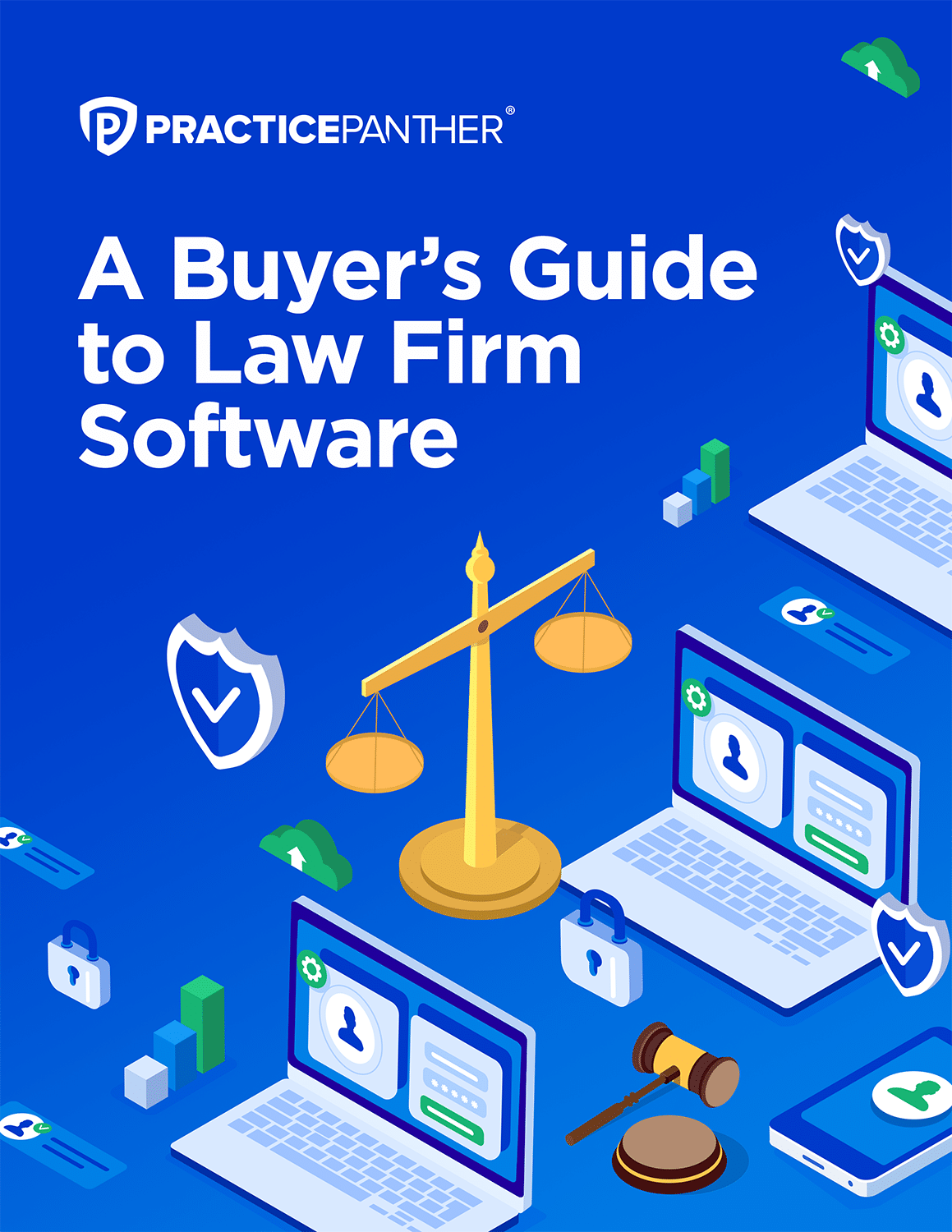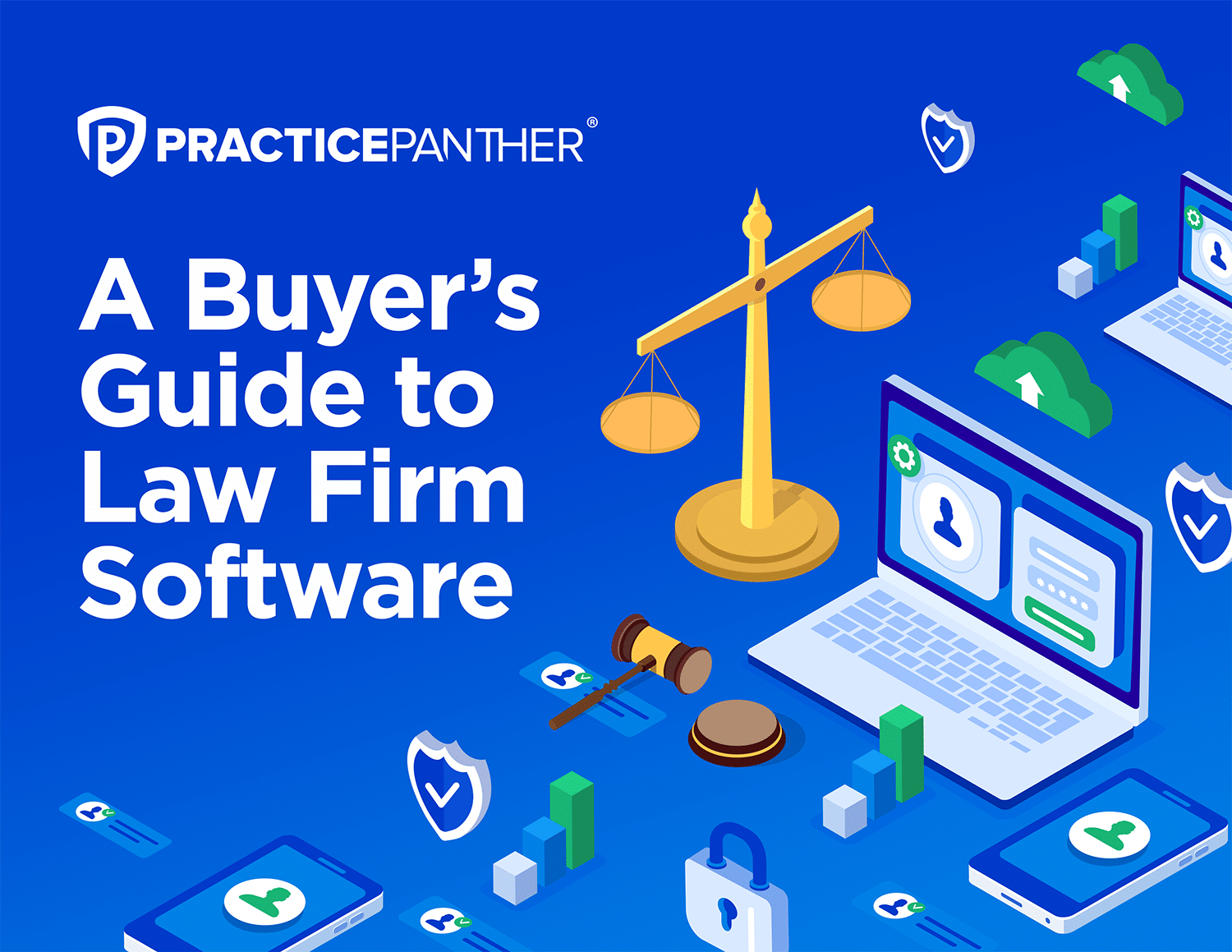There are several famous Supreme Court cases that have single-handedly changed the legal industry and the lives of Americans since its founding in 1789. Many decisions arising from the Supreme Court have altered women’s rights, race relations, freedom of speech, and more. The rulings have not always been for the better — the court has faced controversy for rulings that ultimately created a greater divide within social classes and negatively impacted underprivileged or minority groups.
There are several notable Supreme Court rulings that no matter the outcome, have withstood the decades and continue to impact the rights of Americans today. These are the 7 famous Supreme Court cases that have defined a nation.
- Marbury v. Madison
- Dred Scott v. Sandford
- Brown v. Board of Education
- Mapp v. Ohio
- Gideon v. Wainwright
- Miranda v. Arizona
- Roe v. Wade
Marbury v. Madison (1803)
The March 1803 decision established the principle of judicial review or the power of the federal court to declare legislative and executive acts unconstitutional. In this case, President John Adams appointed several justices, one being William Marbury before the end of his term. Upon the introduction of the new Secretary of State, James Madison, those appointments were denied. Marbury and his counterparts ultimately sued to get their appointed positions back and lost with a 6-0 decision.
This case stands as the first time the Supreme Court ruled a law by Congress unconstitutional.
Dred Scott v. Sandford (1857)
In this infamous case, enslaved Dred Scott and Harriet Scott, filed lawsuits for their freedom in April of 1846. They filed the claims against their owner, Irene Emerson, stating that Missouri statutes: 1) allowed any person of color to sue for wrongful enslavement and 2) that any person taken to a free territory is deemed free and not be re-enslaved upon returning to a slave state. During this time, both Dred and Harriet lived in the free territories of Illinois and Wisconsin, making them free by law. Unfortunately, the court ruled against their claims on June 30, 1847, and a re-trial was called.
For a second time, the Scotts returned to trial in January 1850 where they were granted their rightful freedom. In an awe-striking turn of events, Irene Emerson appealed both Dred and Harriet’s cases in the Missouri Supreme court, reversing the smaller court’s decision. Dred and Harriet were slaves once again.
Dred and his family fought for their right to freedom for over a decade. As the case gained media attention and support from high-powered lawyers, politicians, and abolitionists, more appeals and trials ensued.
The courts never had another final ruling in Dred Scott v. Sandford. Instead, the Scotts won their freedom due to Irene Emerson re-marrying a U.S. congressman and abolitionist who was embarrassed she owned slaves. The Scotts were sold to Taylor Blow (their original owner) who ultimately freed them on May 26, 1857.
Dred Scott v. Sandford is noted for fueling many anti-slavery movements in the U.S. and even giving way to the Civil War.
Brown v. Board of Education (1954)
To understand Brown v. Board of Education, you must understand the 1868 Equal Protection Clause or the 14th Amendment. This clause ensures that states govern impartially and not solely based on irrelevant factors or discrimination against an individual. In plain terms, the government must treat and protect everyone the same in similar circumstances.
During this time, public schools were racially segregated. The argument arose that this segregation violated the Equal Protection Clause and multiple claims were brought to the Supreme Court. Condensed into Brown v. Board of Education, Thurgood Marshall and the NAACP Legal Defense and Education Fund argued to the Courts that segregated schools were unconstitutional and raised concerns about the mental health of black students.
In 1954, the Courts unanimously ruled that racially segregated public schools are unconstitutional and violated the Fourteenth Amendment. This decision overturned a previous case, Plessy v. Ferguson, which was the result of the “separate but equal” doctrine. The result of Brown v. Board of Education was the kickstart of many civil rights movements, desegregation, and integration.
Mapp v. Ohio (1961)
Cleveland, Ohio police enforcement believed Dollree Mapp was hiding a suspected bomber in her home. On May 23, 1957, the police forcefully entered Mapp’s home without a search warrant. Upon entry, police searched her home and discovered no suspect, but several inappropriate images and books that violated Ohio codes. During this time, Mapp’s attorney arrived at her home and was denied entry to see her client. Additionally, Mapp was handcuffed and placed in a bedroom after demanding a warrant and ‘resisting’ the officers as she attempted to retrieve the ‘warrant.’ Mapp was ultimately arrested for having the images in her possession and convicted in court.
During the trial, no warrant or explanation for not securing one was provided. Mapp argued that the search and seizure of items in her home without a proper warrant violated her Fourth Amendment rights. The case made its way to the U.S. Supreme court where they ruled in favor of Mapp and implemented a holding stating that the prosecution is not allowed to use evidence that was obtained unconstitutionally by law enforcement under the Fourth Amendment.
This is another famous Supreme Court case that created a code of conduct for law enforcement. It was one of the first of many rulings designed to regulate police and how criminals’ rights are maintained during investigations and trials.
Gideon v. Wainwright (1963)
Clarence Gideon was no stranger to the court system in Florida. He ran away from home at an early age and spent his life in and out of jail for mostly nonviolent crimes. In one instance, he was charged with breaking and entering with the intent to commit a misdemeanor. A felony in Florida, Gideon was charged and expected to appear in court.
However, Gideon couldn’t afford an attorney and requested the court appoint him one. This request was denied by the judge based on Betts v. Brady 316 U.S. 455 (1942) which simply states, the court doesn’t have to appoint a defense counsel if they’re charged with a felony. Thus, Gideon was forced to represent himself during the trial.
Gideon was ultimately sentenced to 5 years in prison. He later filed a petition known as a writ of habeas corpus to the Florida Supreme Court stating the refusal of counsel violated his constitutional rights. After the petition was denied, he then wrote another petition to the U.S. Supreme Court which led to a unanimous decision in his favor. The Supreme Court concluded that individuals charged with a felony and are unable to pay for legal counsel are within their Sixth Amendments rights, and must be appointed free legal counsel.
The Court is noted for stating “lawyers in criminal court are necessities, not luxuries.”
Miranda v. Arizona (1966)
If you’ve ever watched a criminal television show, you’ve probably heard the detective recite the “Miranda warning” as they’re hauling an individual away — this 1966 case is the reason. The landmark case is known for establishing a new code of conduct for the country’s police force.
The decision came from the overturned conviction of Ernesto Miranda by the Supreme Court. In Arizona, Miranda had been charged with kidnapping and rape. He confessed to these crimes and even signed a written statement after being interrogated by police without his rights to a lawyer being disclosed. The statement was used in his trial and ultimately led to his conviction.
The Supreme Court found that Miranda’s statement couldn’t be used against him in the trial because the police obtained them unconstitutionally, violating Miranda’s Fifth Amendment right against self-incrimination.
This decision changed the legal system forever and led to other overturned cases due to law enforcement’s failure to read an individual their Miranda rights. The Court demonstrated that even a criminal case could easily be overturned or grounds for a mistrial due to unconstitutional methods of interrogation.
Roe v. Wade (1973)
Norma MCorvery, presented as Jane Roe in court documents, was pregnant at the time she filed a class action against the state of Texas. In 1971, Roe challenged the law enforced by the district attorney of Dallas County, Henry Wade, that abortions are otherwise illegal unless only to save a mother’s life. The constitutional right to privacy is called into question with this case and ultimately an infringement of a woman’s Fourteenth Amendment Due Process Clause. In its final conclusion, the Court ruled in 1973 that states can only restrict abortions toward the end of pregnancy, to protect the life of the woman or fetus.
The decision in Roe v. Wade impacted more than 43 state laws and has been a source of controversy in the U.S. to this day. Fueling women’s rights movements and calling into question the legality and constitutionality of abortions. Legislators, activists, and non-profit organizations have been fighting to uphold the decision in Roe v. Wade for decades.
On Friday, June 24, 2022, the US Supreme Court overturned the landmark case, eliminating abortion as a federal protection. Individual states now have control over their abortion rights with many immediately outlawing abortions due to trigger laws.
Impact on History
These are just a few of the famous Supreme Court cases that molded the U.S. into what it is today. As mentioned, some of these rulings are still being challenged. Some Supreme Court decisions made in the 1800s may not be reflective of where our society is now and have caused some lawyers and lawmakers to challenge or reevaluate their holdings. They’ve caused limitations, and opportunities, and challenged how our society is governed. One thing is for certain, these landmark cases will continue to be a topic of debate, challenging lawyers’ expertise and leaving their mark on almost every case to come.
Editor’s Note: This blog was originally published in July 2021. Last update: February 2023.





